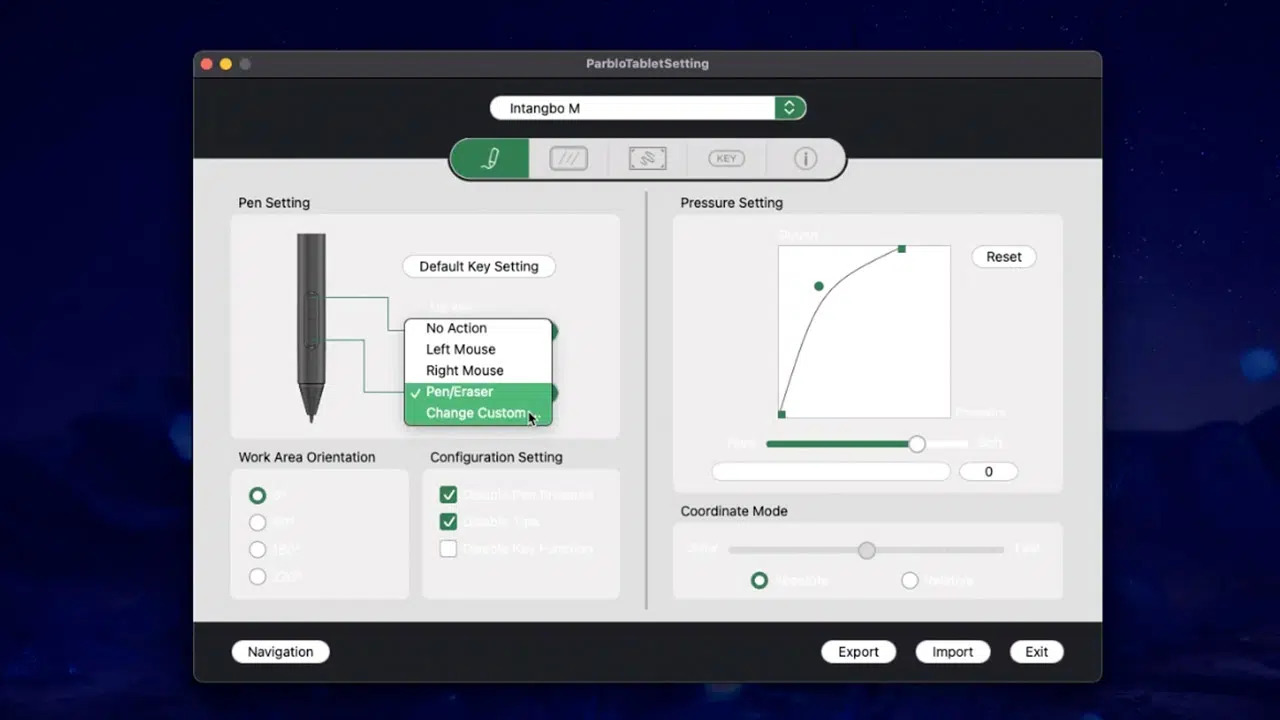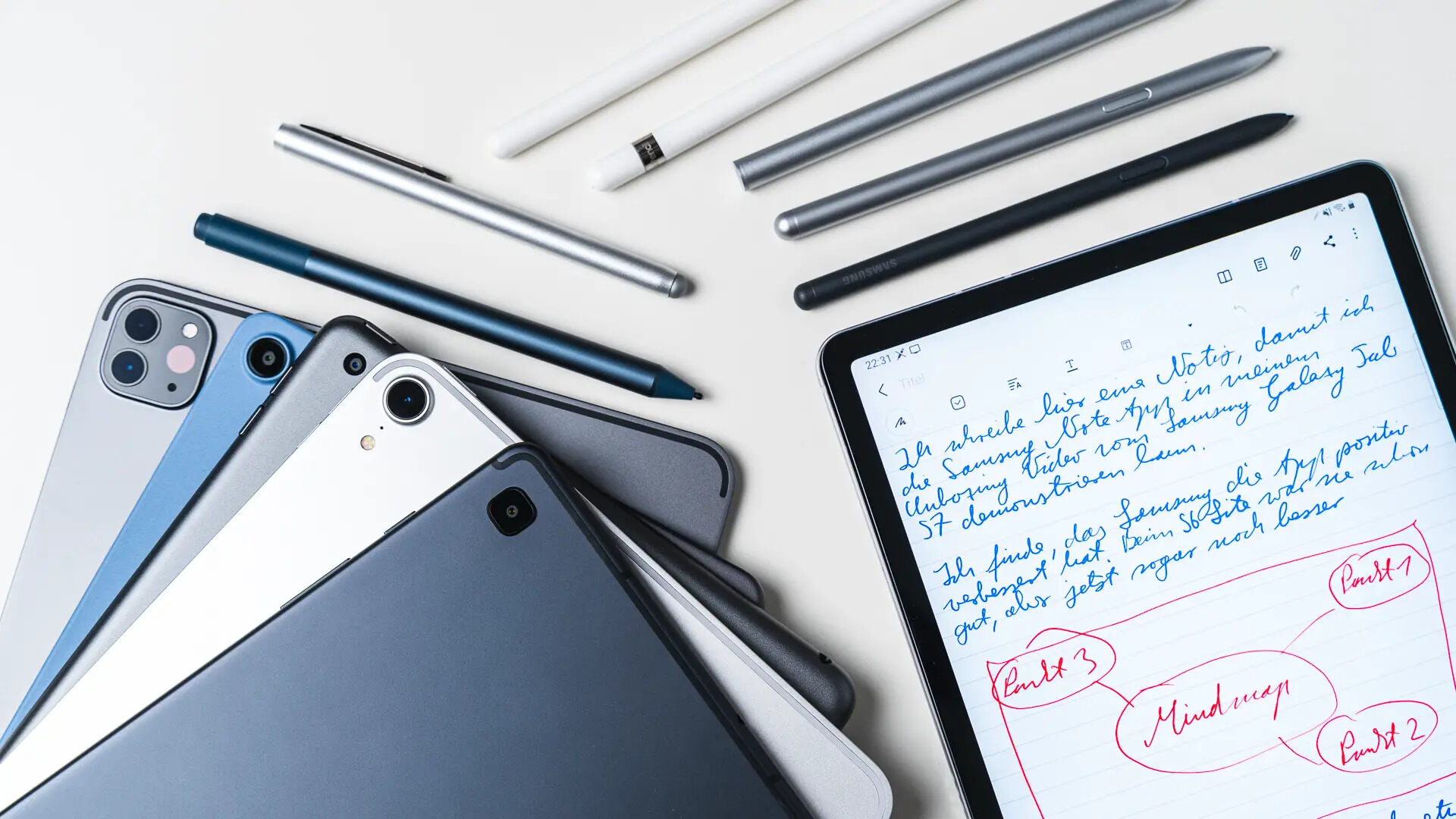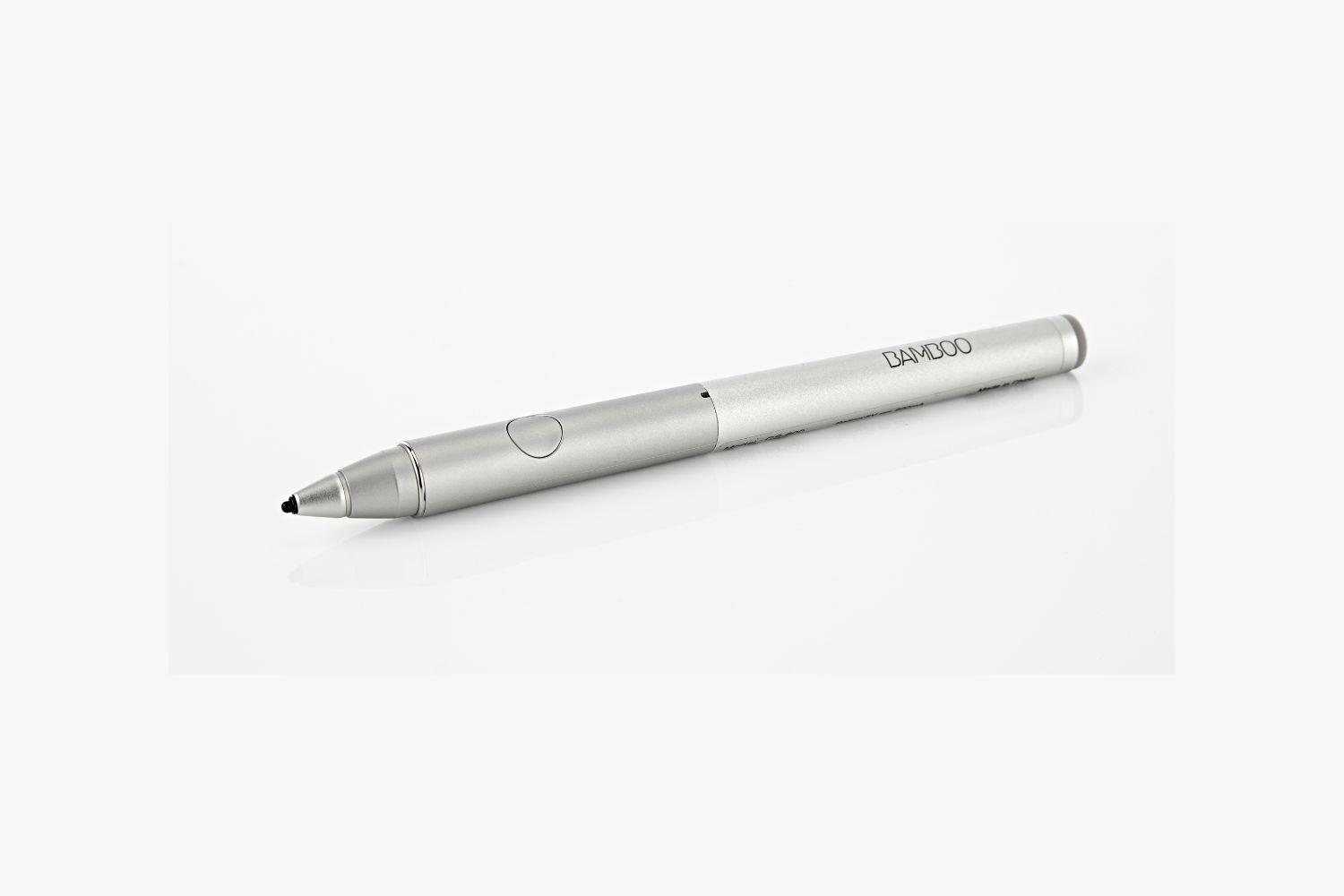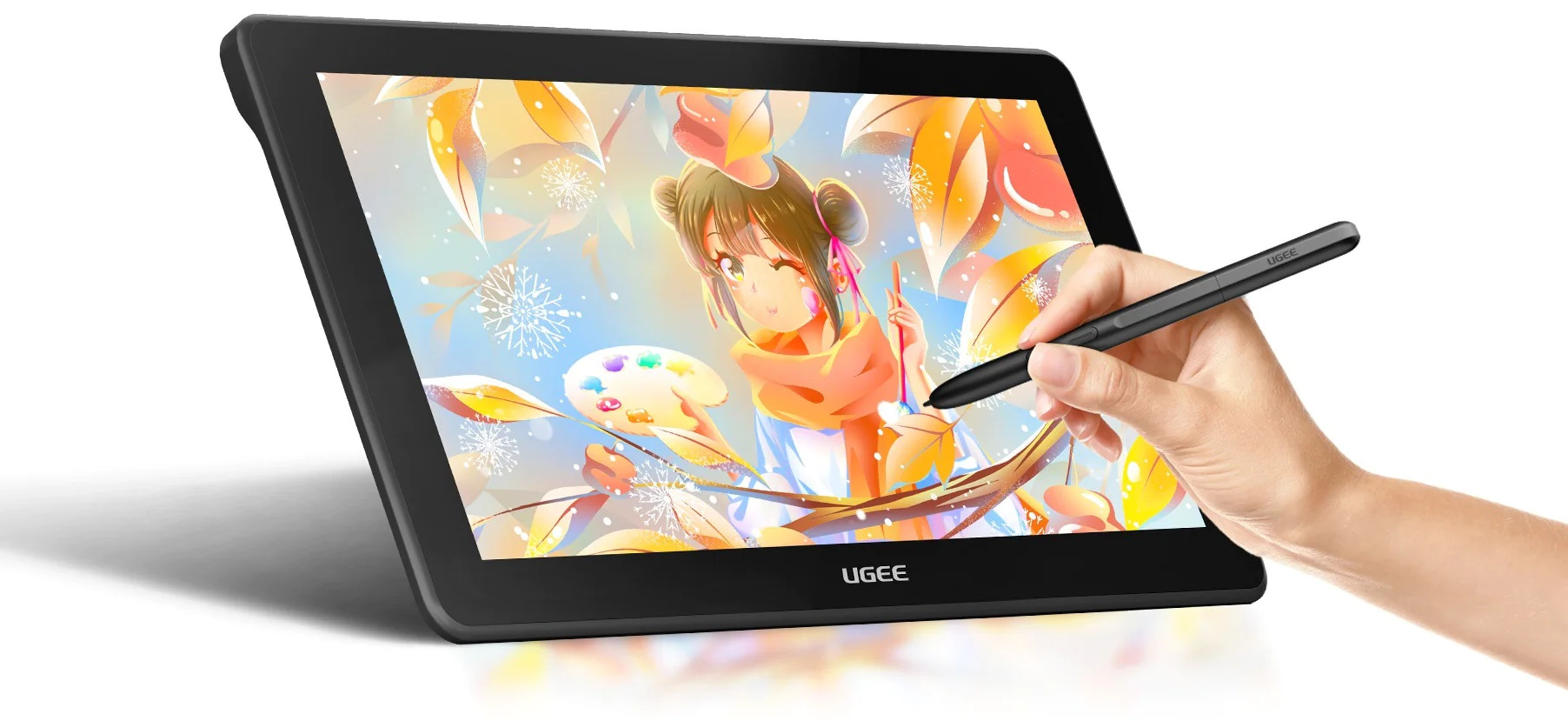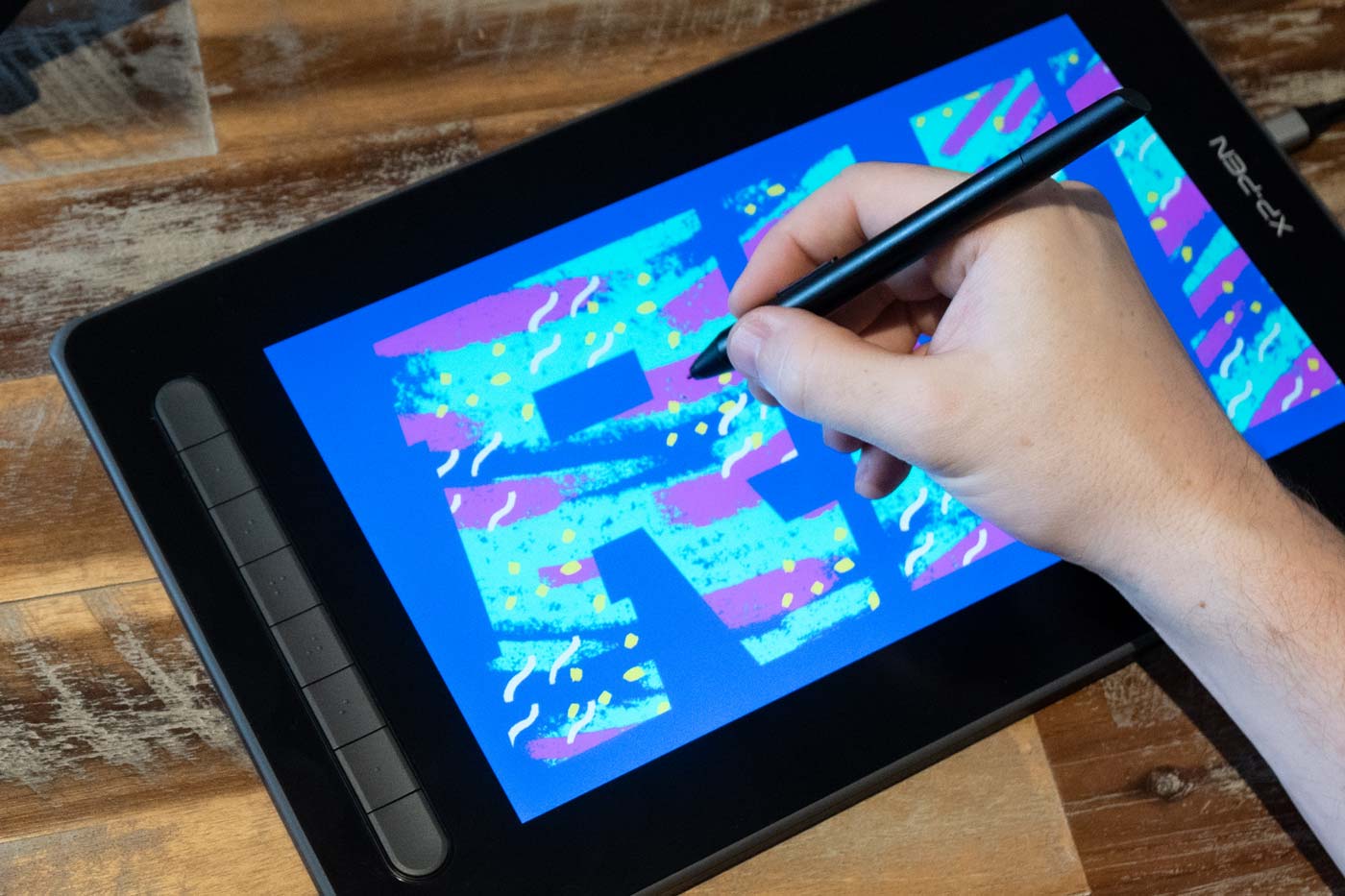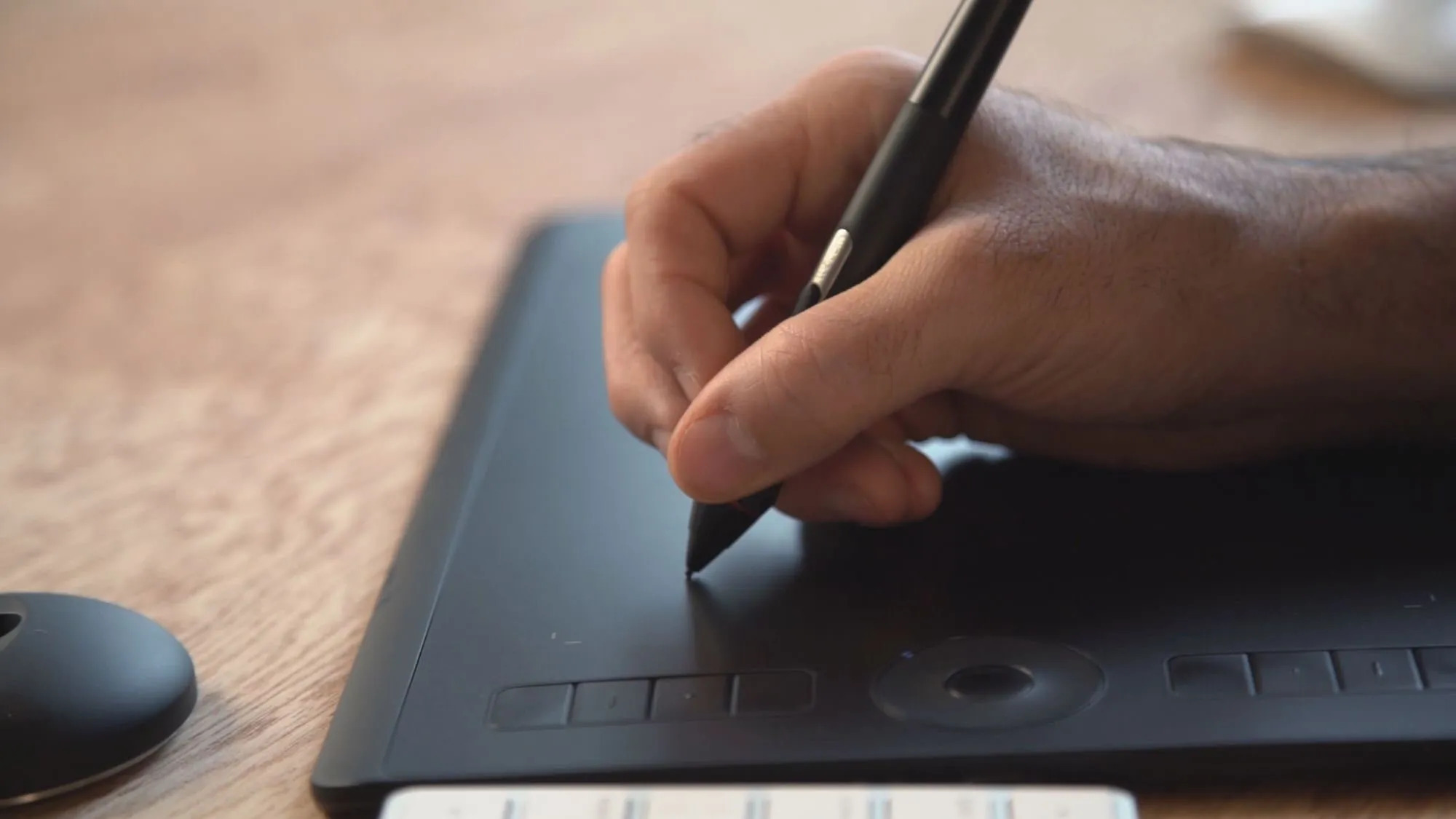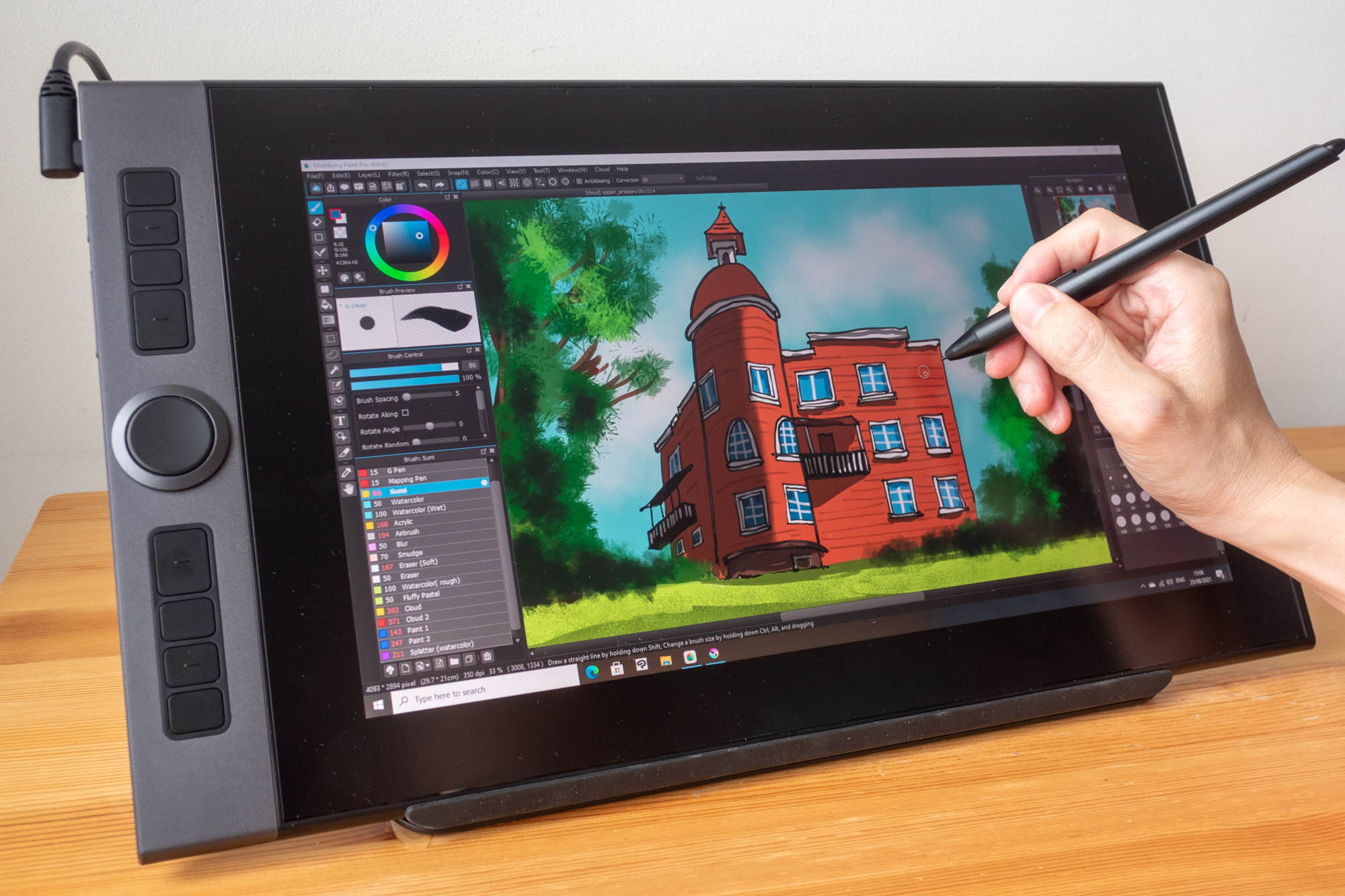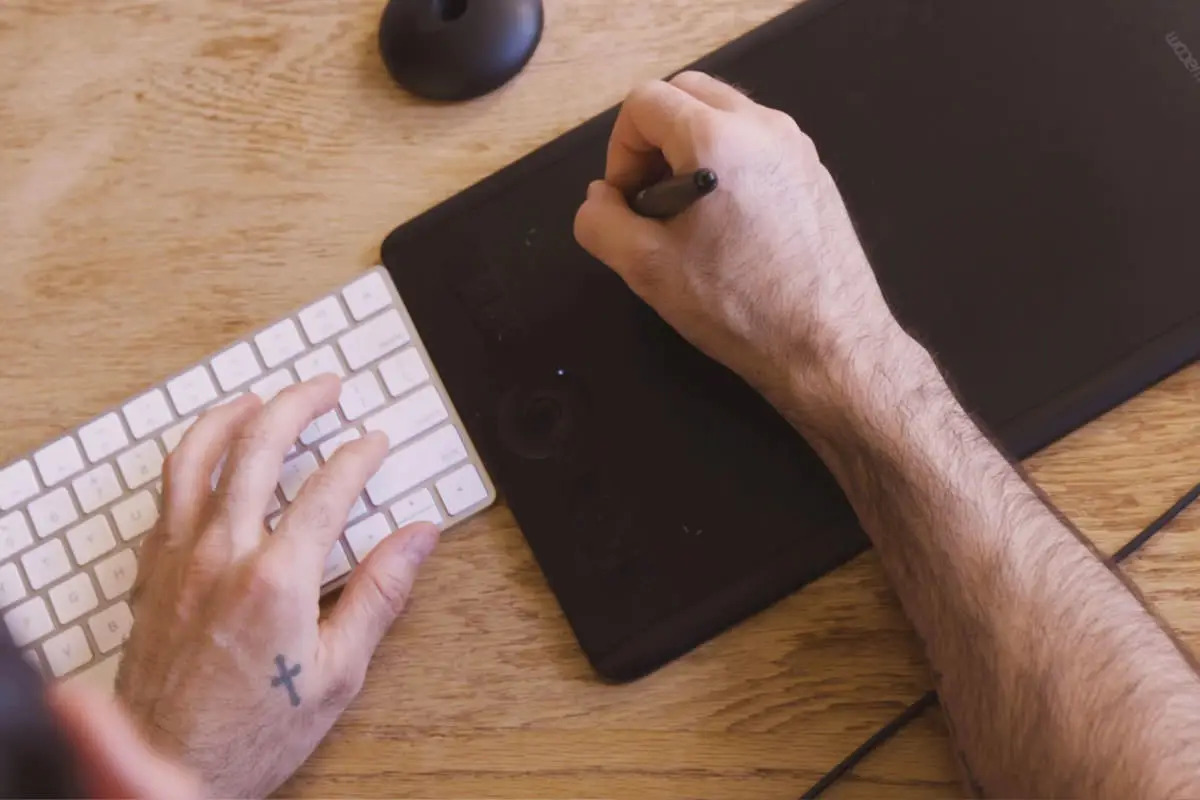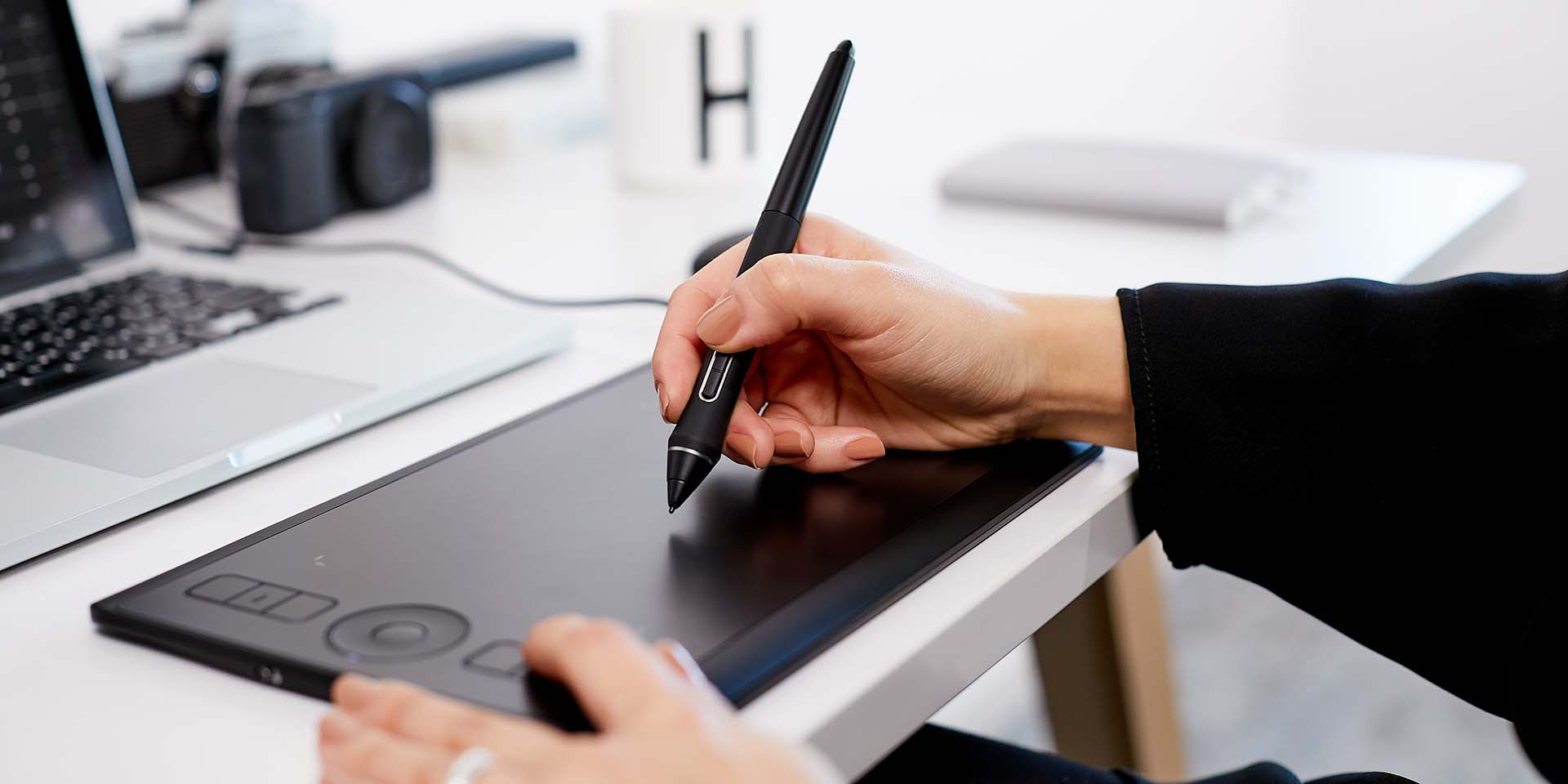Introduction
Welcome to our guide on how to change tablet pen sensitivity. Tablet pens are indispensable tools for artists, designers, and anyone who enjoys digital note-taking or sketching. However, sometimes the default sensitivity settings might not match your preferences or the specific needs of your creative projects. In this article, we will walk you through the process of adjusting tablet pen sensitivity on various devices.
Whether you are using a Windows, Mac, Android, or iOS device, we have got you covered. We will provide step-by-step instructions to help you fine-tune your tablet pen sensitivity settings and make your digital writing or drawing experience more precise and personalized.
Understanding how to adjust tablet pen sensitivity is crucial for achieving the desired level of accuracy and responsiveness. By customizing these settings, you can ensure that your strokes and lines are captured exactly as you intend them to be. Whether you prefer a light touch or a heavier pressure, learning how to adjust your tablet pen sensitivity can greatly enhance your productivity and creativity.
In the following sections, we will provide detailed instructions on adjusting tablet pen sensitivity on Windows, Mac, Android, and iOS devices. We will also address common troubleshooting issues related to tablet pen sensitivity. So let’s get started and unlock the full potential of your tablet pen!
Understanding Tablet Pen Sensitivity
Before diving into the process of adjusting tablet pen sensitivity, it is essential to have a good grasp of what exactly it entails. Tablet pen sensitivity refers to how the tablet and pen combination detects and responds to pressure levels, tilt angles, and other input parameters. By adjusting these settings, you can customize how your tablet responds to your touch and create a more natural drawing or writing experience.
Tablet pen sensitivity is typically measured in levels or steps, representing the range of pressure sensitivity that the tablet and pen combination can recognize. Higher sensitivity levels mean that the tablet can detect more subtle variations in pressure, resulting in smoother gradations and more precise control over line thickness and opacity. On the other hand, lower sensitivity levels may be suitable for those who prefer a more consistent line width regardless of pressure applied.
In addition to pressure sensitivity, some tablets also offer tilt sensitivity. This means that the tablet can detect the angle at which the pen is held and adjust the line thickness or shading accordingly. Tilt sensitivity can be particularly useful for artists who want to mimic the effects of traditional drawing tools like pencils or brushes.
Understanding tablet pen sensitivity is crucial for tailoring your digital creations to your desired style and preferences. By having a good grasp of how pressure and tilt sensitivity work together, you can make informed adjustments based on your artistic needs.
Now that we have covered the basics of tablet pen sensitivity, let’s move on to the specific instructions for adjusting tablet pen sensitivity on various devices.
Adjusting Tablet Pen Sensitivity on Windows Devices
If you are using a Windows device with a tablet pen, you can easily adjust the sensitivity settings to suit your preferences. Follow these steps to customize your tablet pen sensitivity:
- Open the Control Panel on your Windows device.
- Select “Hardware and Sound” in the Control Panel menu.
- Click on “Pen and Touch” to open the Pen and Touch settings.
- In the Pen Options tab, you will find options to adjust the pen sensitivity. Drag the slider to increase or decrease the sensitivity level according to your preference.
- Additionally, you can also enable or disable the “Press and Hold” feature, which affects the sensitivity when you press and hold the pen on the screen.
- Click Apply and then OK to save your changes.
Experiment with different sensitivity levels to find the one that feels the most comfortable and responsive for your drawing or writing style. Keep in mind that the available options may vary depending on your specific Windows version and tablet pen model.
Once you’ve adjusted the tablet pen sensitivity to your liking, you can start enjoying a more personalized and precise digital drawing or writing experience on your Windows device.
Next, let’s explore how to adjust tablet pen sensitivity on Mac devices.
Adjusting Tablet Pen Sensitivity on Mac Devices
Mac devices offer a seamless and intuitive experience for tablet pen users. If you are using a Mac and want to adjust the tablet pen sensitivity, follow these simple steps:
- Go to the Apple menu on the top-left corner of your screen and select “System Preferences”.
- In the System Preferences window, click on “Keyboard & Mouse” or “Trackpad & Mouse”.
- Depending on your Mac model and operating system version, you may find a specific option for configuring tablet pen settings or a general “Mouse” or “Trackpad” section where you can adjust the sensitivity.
- Look for any sensitivity or pressure options in the settings and experiment with different levels to find the most comfortable and responsive setting for your tablet pen.
- Depending on your tablet pen model, you may also have additional options to adjust tilt sensitivity or customize other pen-related settings.
- Once you have made your desired changes, close the System Preferences window to save the settings.
By fine-tuning the tablet pen sensitivity on your Mac, you can enhance your digital drawing or writing experience and achieve greater control over your creative projects.
Now, let’s move on to the next section to learn how to adjust tablet pen sensitivity on Android devices.
Adjusting Tablet Pen Sensitivity on Android Devices
Android devices offer a wide range of options for adjusting tablet pen sensitivity, allowing you to tailor the experience to your liking. Follow these steps to adjust the tablet pen sensitivity on your Android device:
- On your Android device, go to the Settings menu.
- Scroll down and select “Advanced” or “Additional Settings”. The exact menu name may vary depending on your device.
- Look for an option related to “Stylus” or “Pen” settings and tap on it.
- Within the stylus settings, you should find options to adjust the pen sensitivity. This may be called “Pressure Sensitivity” or something similar.
- Tap on the sensitivity option and use the slider to increase or decrease the sensitivity level according to your preferences.
- Some Android devices may also offer additional customization options for tilt sensitivity, button functions, or other advanced pen settings.
- Once you have made the desired adjustments, exit the settings, and your tablet pen sensitivity changes will be applied.
By fine-tuning the tablet pen sensitivity on your Android device, you can create a more personalized and accurate drawing or writing experience, bringing your creative ideas to life.
Now that we have covered Android devices, let’s explore how to adjust tablet pen sensitivity on iOS devices.
Adjusting Tablet Pen Sensitivity on iOS Devices
iOS devices, such as iPads, offer a seamless and intuitive experience for tablet pen users. If you are using an iOS device and want to adjust the tablet pen sensitivity, follow these steps:
- Go to the Settings app on your iOS device.
- Scroll down and tap on “Apple Pencil” or “Pencil & Touch” in the menu.
- Within the Apple Pencil settings, you should find options to adjust the pencil sensitivity. Look for a setting called “Apple Pencil Sensitivity” or a similar name.
- Tap on the sensitivity option and use the slider to increase or decrease the sensitivity level according to your preferences.
- Some iOS devices may offer additional customization options for tip pressure, tilt sensitivity, or double-tap functions of the Apple Pencil.
- Make the desired adjustments to the sensitivity settings and exit the Settings app to save the changes.
By adjusting the tablet pen sensitivity on your iOS device, you can enhance your digital drawing or writing experience and achieve a more precise and natural input response.
Now that you know how to adjust tablet pen sensitivity on different devices, let’s move on to the next section to troubleshoot any tablet pen sensitivity issues you may encounter.
Troubleshooting Tablet Pen Sensitivity Issues
While adjusting tablet pen sensitivity can greatly improve your digital drawing or writing experience, there may be times when you encounter issues with the sensitivity settings. Here are some common tablet pen sensitivity issues and troubleshooting tips to help you resolve them:
1. Inconsistent Sensitivity: If you notice that the tablet pen sensitivity is inconsistent or not registering your input accurately, try the following solutions:
- Check for any software updates for your device and install them to ensure you have the latest drivers and firmware.
- Clean the tip of your tablet pen with a soft cloth or replace it if it is worn out.
- Restart your device to refresh the settings and clear any temporary issues.
2. Delayed Response: If there is a significant delay between your pen input and the on-screen response, try these steps:
- Reduce any background processes or applications that may be consuming system resources.
- Check for any system updates and install them to improve overall device performance.
- Disconnect and reconnect your tablet pen to ensure a stable connection.
3. Unresponsive or Oversensitive: If your tablet pen is unresponsive or overly sensitive, consider the following solutions:
- Double-check the sensitivity settings and ensure they are configured to your desired level.
- Calibrate your tablet pen if your device provides the option. This can help recalibrate the sensitivity and improve accuracy.
- Perform a factory reset of your device if all else fails. Make sure to back up your important data beforehand.
If none of the troubleshooting steps resolve the tablet pen sensitivity issues, it is recommended to reach out to the manufacturer’s support team or consult online forums for further assistance.
Remember, tablet pen sensitivity is a personal preference, and it may take some time and experimentation to find the perfect settings for your needs. Don’t hesitate to explore different options and adjust accordingly until you achieve the desired level of responsiveness and control.
Now that we have addressed tablet pen sensitivity troubleshooting, let’s conclude our guide.
Conclusion
Adjusting tablet pen sensitivity can greatly enhance your digital drawing or writing experience by allowing you to customize the responsiveness and precision of your tablet pen. Whether you are using a Windows, Mac, Android, or iOS device, the process of adjusting tablet pen sensitivity is relatively straightforward and can be done through the settings on your device.
Understanding the basics of tablet pen sensitivity, such as pressure and tilt sensitivity, is essential for fine-tuning the settings to match your artistic needs and personal preferences. By experimenting with different sensitivity levels, you can achieve a more natural and accurate digital input experience.
In this guide, we provided step-by-step instructions for adjusting tablet pen sensitivity on various devices, including Windows, Mac, Android, and iOS. Additionally, we addressed common troubleshooting tips for resolving tablet pen sensitivity issues, helping you overcome any challenges you may encounter.
Remember, tablet pen sensitivity is subjective, and what works for one person may not work for another. Take the time to explore different sensitivity settings and find the configuration that feels most comfortable and responsive to your unique drawing or writing style.
We hope that this guide has provided you with valuable insights and practical instructions for adjusting tablet pen sensitivity. By harnessing the full potential of your tablet pen, you can unlock new creative possibilities and enjoy a more immersive digital experience.
Happy drawing and writing!







